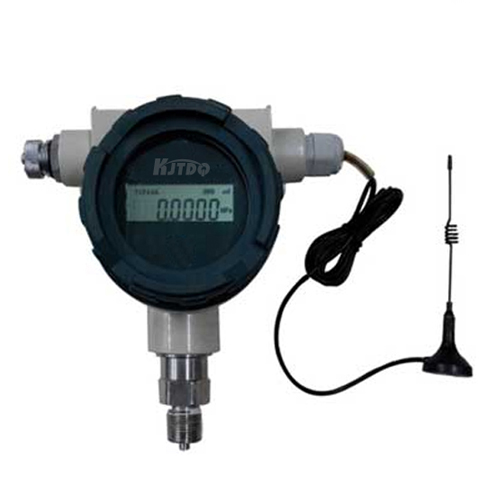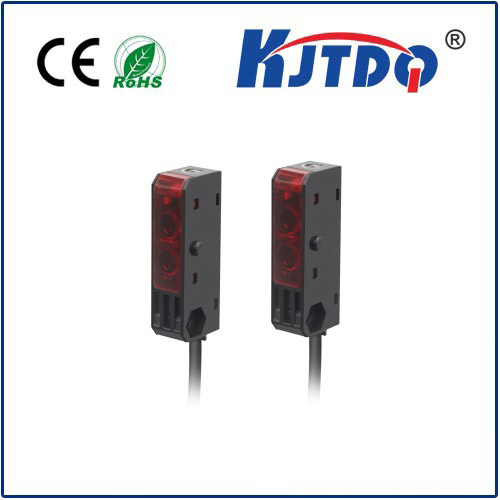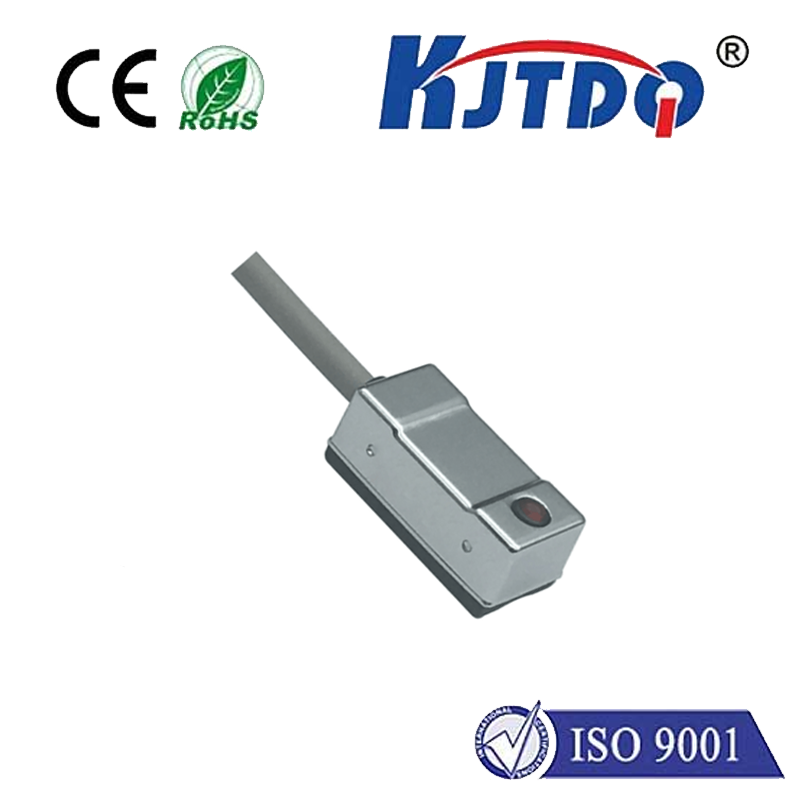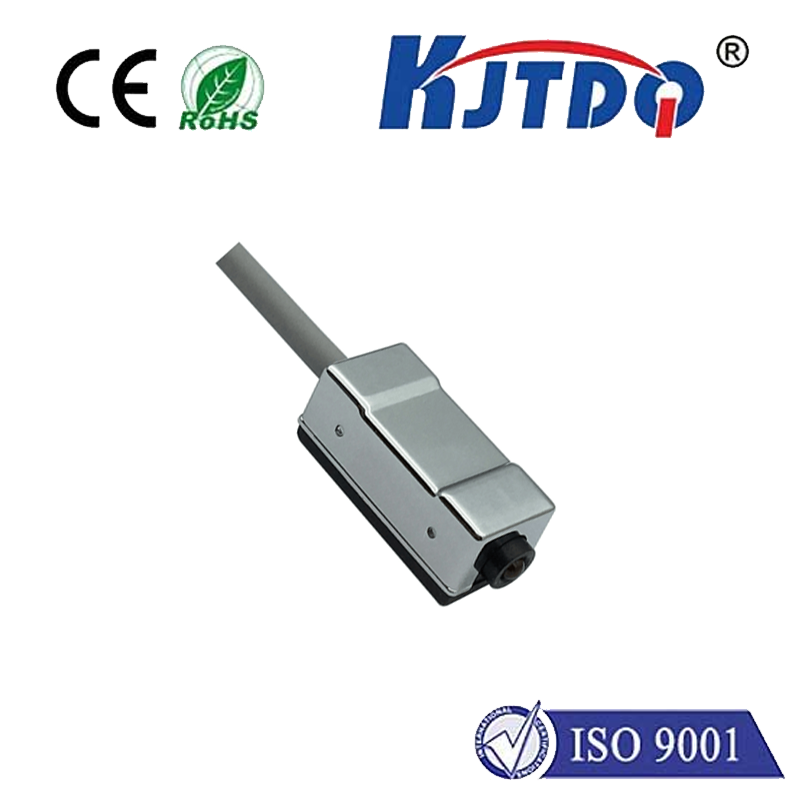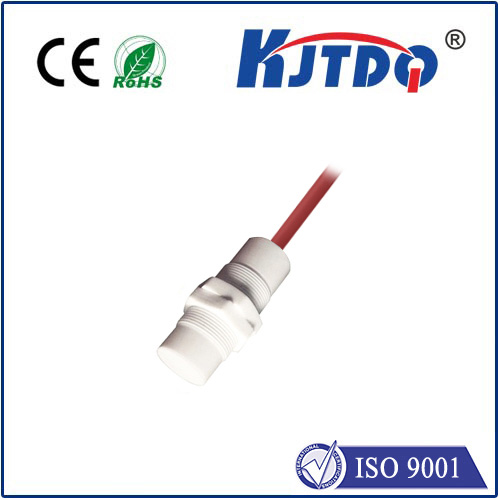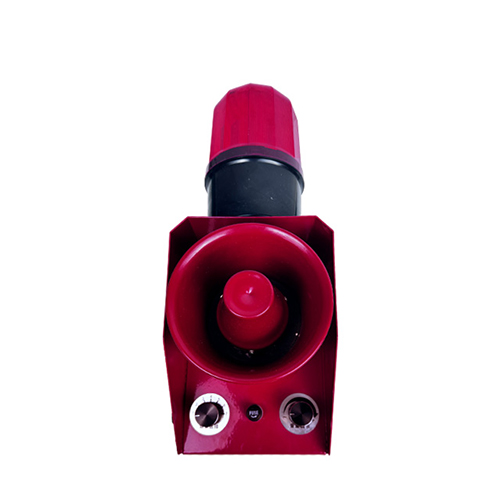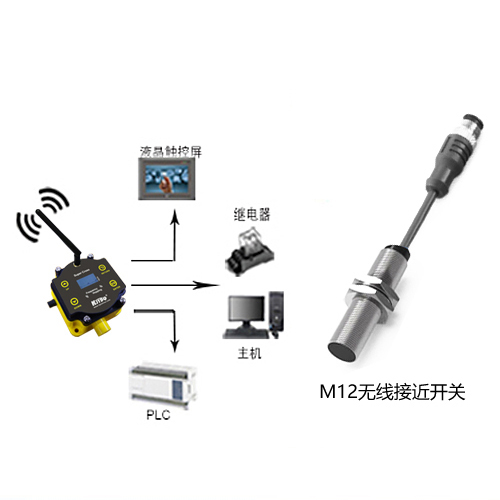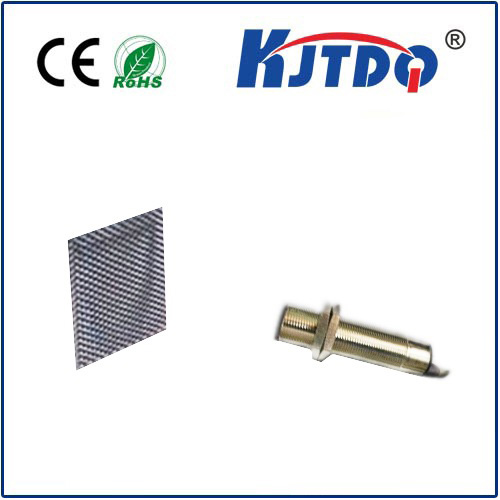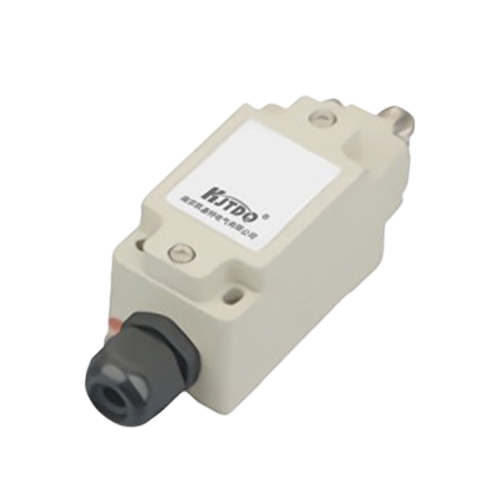proximity and air quality sensor
- time:2025-09-08 02:03:13
- Нажмите:0
The Essential Alliance: How Proximity Sensors Elevate Air Quality Monitoring
Imagine this: you pick up your smartphone, perhaps checking the air quality index before heading out for a run. Instantly, the screen displays the crucial information. But how did the device know you were about to interact with it, activating the relevant sensor precisely when needed? The answer lies in a powerful, often overlooked partnership: the integration of proximity and air quality sensors.
These two distinct sensing technologies, working in concert, are transforming how we interact with our environment and devices, making environmental awareness smarter, more efficient, and seamlessly integrated into our daily lives. Understanding this synergy unlocks a new level of intelligent environmental monitoring.
Understanding the Individual Technologies

Let’s break down the core functions:
- Proximity Sensors: These are essentially “presence detectors.” Primarily utilizing infrared (IR) light or ultrasonic waves, they determine if an object is near the sensor without physical contact. The basic principle involves emitting a signal (like an IR beam) and measuring the reflection. The strength or time taken for the reflection indicates distance. In devices like smartphones, they famously turn off the touchscreen during calls when held near your ear, preventing accidental button presses and saving battery.
- Key Function: Binary or short-range distance detection (Near/Far).
- Air Quality Sensors: These analyze the chemical composition of the surrounding atmosphere. They come in various types targeting specific pollutants:
- Particulate Matter (PM) Sensors: Measure concentrations of microscopic particles like PM2.5 and PM10 using laser scattering.
- Gas Sensors: Detect specific gases, often using electrochemical cells or metal-oxide-semiconductor (MOS) technology. Common targets include:
- Carbon Dioxide (CO2)
- Carbon Monoxide (CO)
- Volatile Organic Compounds (VOCs) (e.g., from paints, cleaning products)
- Nitrogen Dioxide (NO2), Ozone (O3)
- Environmental Sensors: Often include relative humidity and temperature sensing alongside gas detection for a more comprehensive picture.
- Key Function: Quantifying the presence and concentration of airborne contaminants.
The Power of Synergy: Why Combine Them?
While each sensor is useful independently, their true potential explodes when combined. Here’s why this pairing is becoming indispensable:
- Energy Efficiency & Sensor Longevity: Air quality sensors, particularly high-precision ones, can be relatively power-hungry. Continuously operating them drains device batteries rapidly. A proximity sensor acts as the perfect gatekeeper. It only activates the air quality sensor when necessary – when a user is close and likely interacting with the device (e.g., picking up a phone, approaching a smart thermostat display). This dramatically reduces power consumption. Furthermore, limiting operational time also extends the overall lifespan of sensitive air quality sensing elements.
- Context-Aware Monitoring & Enhanced Responsiveness: Imagine a smart air purifier display. Having the screen and air sensor constantly active is wasteful. Integrating a proximity sensor means the display only lights up and the air quality reading is refreshed immediately when someone approaches it. This provides instant, relevant data to the user exactly when they need it, creating a highly responsive and intuitive user experience. It moves beyond periodic sampling to on-demand, context-sensitive monitoring.
- “Wake-on-Approach” Functionality: This is crucial for smart home displays, thermostats (like Nest or Ecobee), and even some wearables. The proximity sensor detects a user nearing the device. This triggers:
- Waking the display from sleep.
- Activating the air quality sensor for a fresh, real-time reading.
- Presenting the updated environmental information instantly.
This creates a seamless and efficient interaction, eliminating the need for physical buttons or taps.
- Improved User Experience (UX): Avoiding constant screen activation and sensor operation prevents unnecessary distractions and light pollution (especially at night). Responsive activation feels intuitive and polished. Users get the information they seek without friction or delay, fostering greater trust and reliance on the device.
- Intelligent Sampling Strategies: Beyond simple on/off, the proximity data can inform how the air quality sensor operates. For example:
- When a user is present (proximity detected), sampling frequency could increase for more granular data.
- When no one is nearby, the system might revert to much less frequent sampling (or even sleep) to conserve energy, only storing baseline data.
- This enables adaptive sampling, optimizing both power and data relevance.
Real-World Applications: Beyond Smartphones
While the smartphone example is ubiquitous, this combination is rapidly expanding:
- Smart Thermostats & HVAC Controls: Proximity wakes the display and triggers immediate air quality checks (VOCs, CO2) when you approach, allowing quick adjustments to ventilation or purification settings based on the fresh data.
- Air Purifiers: Displays activate on approach, showing current PM2.5/VOC levels and purification status, triggered by the proximity sensor.
- Wearables & Health Trackers: Imagine a smartwatch or clip-on device that samples air quality actively only when it detects it’s near your body (worn) and not just sitting on a table. This provides more relevant personal exposure data. Proximity can also wake the display to show AQI alerts.
- Automotive Cabin Systems: Proximity sensors detecting an occupant entering the vehicle could automatically activate the cabin air quality system, checking for pollutants before or during climate control startup.
- Smart Home Displays & Hubs: Central control panels utilize proximity to activate screens and refresh environmental data (indoor air quality, humidity) as users approach.
- Building Automation & Smart Offices: Sensors embedded in meeting room tables or desks can detect occupancy via proximity, triggering localized air quality monitoring and adjusting ventilation for that specific zone, optimizing comfort and energy use.
- Industrial Safety Monitors: Portable safety devices could use proximity to sense when worn by a worker, ensuring continuous air quality monitoring (toxic gases, oxygen levels) is active only when needed on the person.
The Future is Contextual and Efficient
The fusion of proximity and air quality sensing is far more than a technical footnote; it represents a fundamental shift towards intelligent, context-aware environmental

